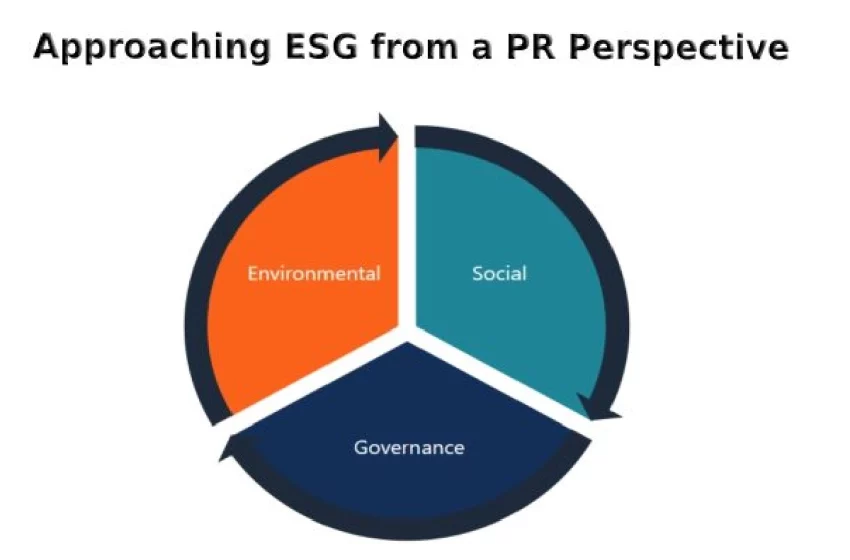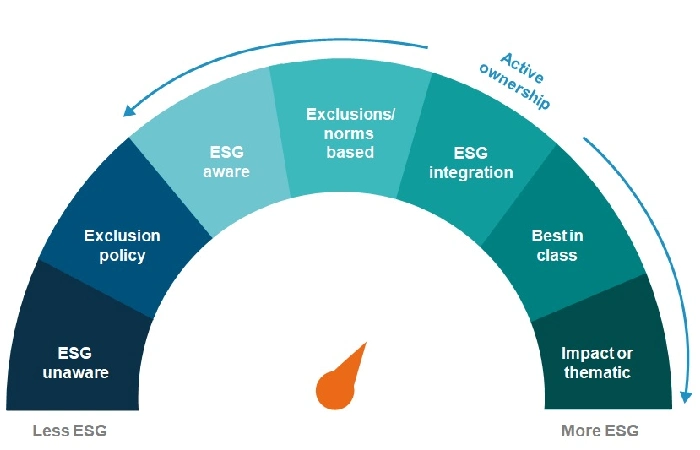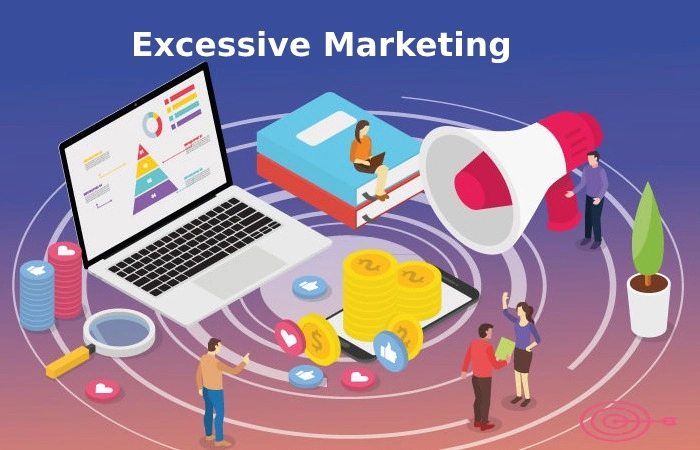
Approaching ESG from a PR Perspective
ESG is a direct acronym for Environment, Social, and Governance. It is a form of a non-financial evaluation technique used to know how sustainable and ethical the working of the entire business is. Today, investment in ESG is becoming more prominent due to increased social consciousness and elevated returns from it.
Let’s understand the individual elements now.
Table of Contents
Environmental Factor

These are some questions asked to evaluate the environmental risks:
- Is there emission of carbon footprints in any part of my business’s manufacturing or processing sector?
- Is my business playing any role in climate change?
- Is there any decrement in resources due to the functioning of my business?
Social Factor
To evaluate social well-being, asking these questions can give some insights:
- Are all my employees having a provision of a healthy work environment?
- How can my company prove to be beneficial for the community?
- Are the conflicts occurring in my company tackled healthily?
Government Factor
Government and legal factors can have more clarity by raising the following questions:
- Does my business have an efficient tax strategy?
- Does my company engage in any form of illegal or unfaithful practice?
- What is the legal structure of my business?
In the end, there is a remarkable amount of benefit to investing in ESG.
- Based on a survey, investing in ESG resulted in 10% consumer satisfaction. It also witnessed a spike of 20% in sales revenue.
- This ethical investment saves a risk for the company. The quality of your portfolio sees a rise too.
- There is a positive environmental impact. With the increase in social awareness, a survey concluded 74% of people are interested in more social and environmentally friendly techniques.
Approaching ESG from a PR Perspective
As we concluded the benefits of approaching ESG, correct sustainability marketing techniques are necessary for the same. Some approaches are:
1) Relevant Content
The best marketing strategy is delivering relevant content. Content such as blog posts related to the added benefits of ESG to your business, personalized emails to potential providers of ESG services, and running timely planned PR campaigns are efficient tools. Another great approach is posting story-related content that attracts the target audience.
2) An altered Perspective
Creating conversations related to sustainability is the trend used in effective PR strategies. Fishing for collaborations with relevant journalists is a perspective shift to generate visibility that makes approaching ESG easier.
3) Introduction of Quarterly Themes
Running campaigns every quarter improves PR efficiency. Events based on sustainability keep on happening. There are various themes and trends in the market. For example, you can introduce a tool in your manufacturing process that reduces carbon emissions or a hunger drive that helps the poor. Syncing such campaigns with PR can help achieve better momentum.
4) Leveraging Relationships and Data
Good networking happens with good PR. Knowing delivering the right content at the right time is necessary. Their goal should be generating a media presence and maintaining a good relationship with the potential ESG data providers.
5) Providing a Clear Picture
Setting concrete ESG goals for your company is beneficial. These can be – Adopting strategies to reduce air pollution by 30% by 2026″, “Running at least three campaigns in the year 2024 that provide goods to the poor”, etc.
Common PR Mistakes and How to Avoid it
1) Excessive Marketing

The easiest mistake companies make when it comes to approaching ESG is excessive marketing. A good word for a product or strategy is there only if the delivery and quality are optimum.
To model this issue, suppose your claims on reducing pollution through your system are marketed well and have gained recognition. Still, if you fail to provide quality in your service, this will essentially backfire and create a bad reputation for your company.
To avoid this, ensure that the marketing content has solid proof and statistics to support it. It revokes the possibility of thoughtless marketing. Maintaining a balance of the quantity of marketing is essential as marketing can only be used as a catalyst and can never replace quality.
2) Focused more on Reviews and Lesser on Ratings
ESG plans are integrated into almost every company. A problem faced here is that post the implementation, companies are more focused on their ratings because, somewhere, they affect the sales revenue.
Consider your company is facing an issue where your production is showing an excessive amount of carbon footprints, but the rating on your ESG plans is good. You won’t notice this because you shall be too invested in the rating instead of a review. In the long run, this particular issue will then unfold itself which can cause a loss.
It won’t provide a long-run benefit of ESG plans. Focusing more on reviews than ratings can help an organization improve its authenticity as it will know exactly where to make amends.
Conclusion
Inculcating ESG in your company plans has many added benefits. It creates a positive impact on your company and the sustainability of society. An efficient PR strategy can help you achieve it efficiently.


